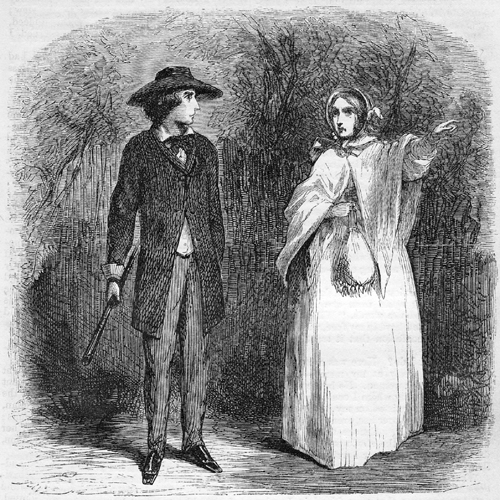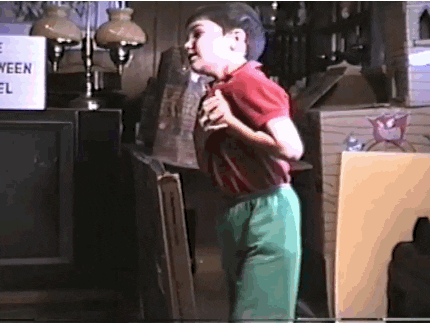What do you think?
Rate this book


672 pages, Paperback
First published November 26, 1859
I waited where I was, to ascertain whether his object was to come to close quarters and speak, on this occasion. To my surprise, he passed on rapidly, without saying a word, without even looking up in my face as he went by. This was such a complete inversion of the course of proceeding which I had every reason to expect on his part, that my curiosity, or rather my suspicion, was aroused, and I determined, on my side, to keep him cautiously in view, and to discover what the business might be on which he was now employed. (p. 503)




"Why are we to stop her, sir? What has she done?"
"Done! She has escaped from my Asylum. Don't forget: a woman in white. Drive on."

"I am thinking," he remarked quietly, "whether I shall add to the disorder in this room by scattering your brains about the fireplace."Written in 1859-60 by William "Wilkie" Collins and originally published in serial form in Charles Dickens' magazine (Wilkie and Charles were good friends), The Woman in White is considered one of the earliest examples of detective fiction, though it's really just the better part of the second half of this book that has any real detecting going on. Before that you have to wade through star-crossed love and the heroine acting all self-sacrificing (<---very bad idea, at least in this case). There's quite a bit of Victorian melodrama and some eyebrow-raising coincidences, but also some unforgettable characters and some intense suspense in the second half.




Some of us rush through life, and some of us saunter through life. Mrs. Vesey sat through life... A mild, a compliant, an unutterably tranquil and harmless old lady, who never by any chance suggested the idea that she had been actually alive since the hour of her birth. Nature has so much to do in this world, and is engaged in generating such a vast variety of co-existent productions, that she must surely be now and then too flurried and confused to distinguish between the different processes that she is carrying on at the same time. Starting from this point of view, it will always remain my private persuasion that Nature was absorbed in making cabbages when Mrs. Vesey was born, and that the good lady suffered the consequences of a vegetable preoccupation in the mind of the Mother of us all.Buddy read with the Non-crunchy Cool Classics Pantsless group. Most of the group begged off - they seem to have some sort of aversion to 600+ page Victorian mysteries - but Evgeny, Jeff, Stepheny and maybe one or two others made it through the whole thing with me. Yay team!
 come to my blog!
come to my blog!












